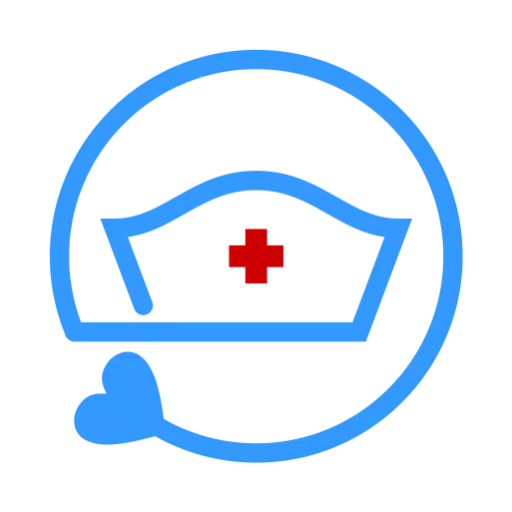Last updated on August 19th, 2023
In this post, we’ll explain what is the “5 Whys” technique and how it is applied to nursing.
You may also want to check out How To Improve Critical Thinking Skills In Nursing? 24 Strategies With Examples.
What is the “5 Whys” Technique?
The “5 Whys” technique is a problem-solving and root cause analysis method that aims to identify the underlying causes of a problem by asking “why” multiple times.
It was developed as part of the Toyota Production System and is often associated with the concept of continuous improvement and lean manufacturing.
The idea behind the technique is to delve beyond the surface-level symptoms of a problem and dig deeper into the chain of causality to find the fundamental root cause.
By repeatedly asking “why,” you gradually uncover the underlying factors that contribute to the issue.
How to Use the “5 Whys” Technique in Nursing?
The “5 Whys” technique can be applied to nursing to identify and address issues that might arise in patient care, workflow, or processes.
Let’s walk through an example in a healthcare context:
Problem: Medication errors are occurring in a hospital.
1. Why? Nurses are administering the wrong dose of medication.
2. Why? The medication labels are unclear and easily confused.
3. Why? The labeling system lacks standardized formatting.
4. Why? There are no established guidelines for medication labeling.
5. Why? The hospital’s policy and procedure manual does not address medication labeling standards.
In this example, the problem is medication errors. By using the “5 Whys” technique, the root cause of the problem is revealed to be the lack of standardized medication labeling guidelines in the hospital’s policy and procedure manual.
This indicates that improving the manual by incorporating clear labeling standards could help prevent future medication errors.
See Also:
- What is Critical Thinking in Nursing? (Explained W/ Examples)
- 15 Attitudes of Critical Thinking in Nursing (Explained W/ Examples)
- Clinical Reasoning In Nursing (Explained W/ Example)
- 8 Stages Of The Clinical Reasoning Cycle
- What Are Socratic Questions?
Conclusion
Applying the “5 Whys” technique in nursing allows healthcare professionals to investigate not only immediate issues but also the underlying factors contributing to those issues.
It promotes a deeper understanding of problems, encourages proactive solutions, and ultimately contributes to the overall improvement of patient care and safety.



Comments are closed.